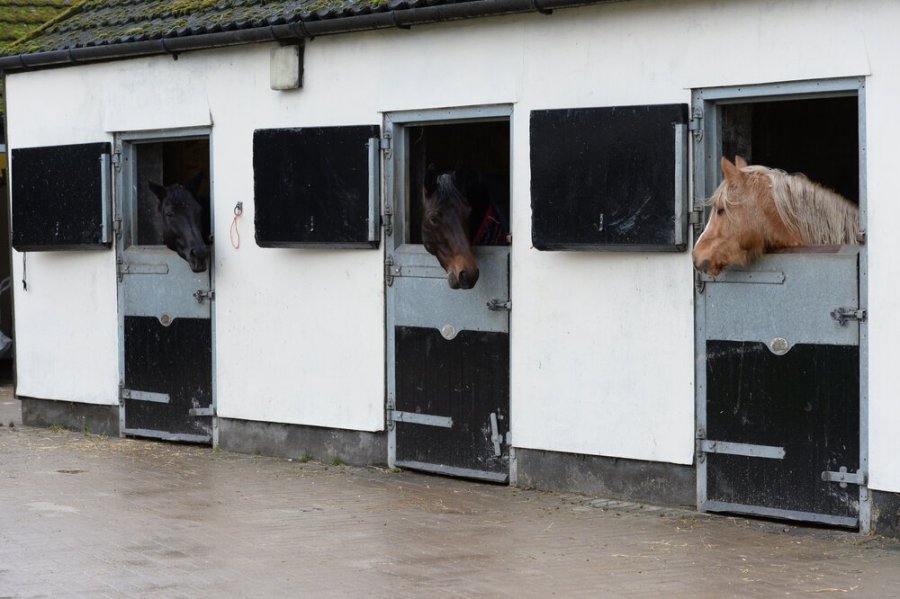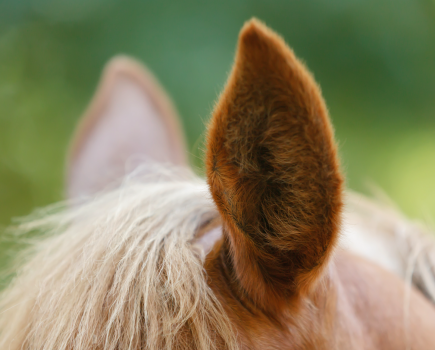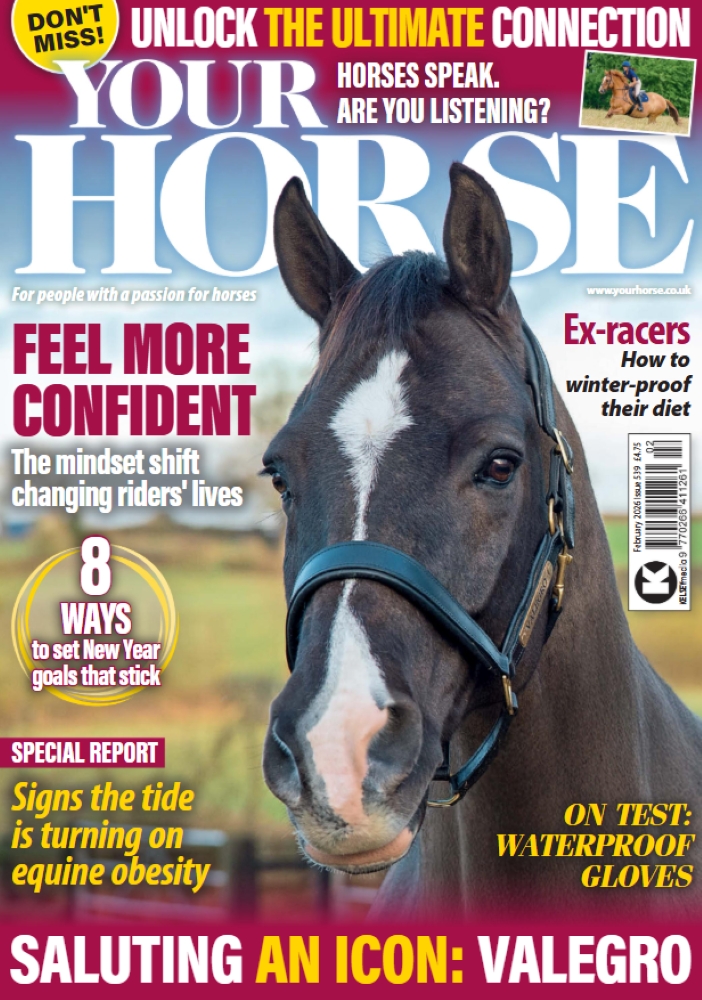Unfortunately, there is no real alternative to strict box rest, and if your vet has prescribed it for your horse there is usually a very good reason, says Shirley Seed BVMS MRCVS.
Often it is because excess movement can delay the recovery from a particular condition – and even worsen it.
Although it may be hard to enforce, try to remember that in the long term, box rest will help your horse make a better recovery.
My experience is that most horses adapt quite quickly once they become used to the new routine and it’s worth persisting, even if they are initially unsettled.
If your horse gets stressed about being left in alone, it may be worth trying to find a quiet companion who is happy to stay in and keep him company.
That’s entertainment
Stable mirrors and other boredom busters such as licks, can be very useful in helping horses cope with prolonged periods of box rest.
However, if your horse is on box rest while recovering from a condition such as laminitis, or if he’s prone to gaining weight, be very careful if giving licks or treats as many are high in sugar and calories.
Using double haynets or ‘trickle’ nets can ensure that his forage lasts longer.
When freedom beckons
Another thing to be aware of is the period after your horse has finished his box rest and is starting a programme of in-hand walking or short periods of turnout.
Many horses become excited at the prospect of finally getting out of the stable and I always recommend owners consider the safety aspects carefully.
Always wear a hat and gloves and use a bridle or control headcollar when leading out for the first time.
If you have any concerns, speak to your vet regarding the use of a mild oral sedative. These can also be useful when initiating turnout for the first time to reduce the risk of re-injury.
Don’t miss the latest issue of Your Horse Magazine, jam-packed with training and veterinary advice, horse-care tips and the latest equestrian products available on shop shelves, on sale now.








